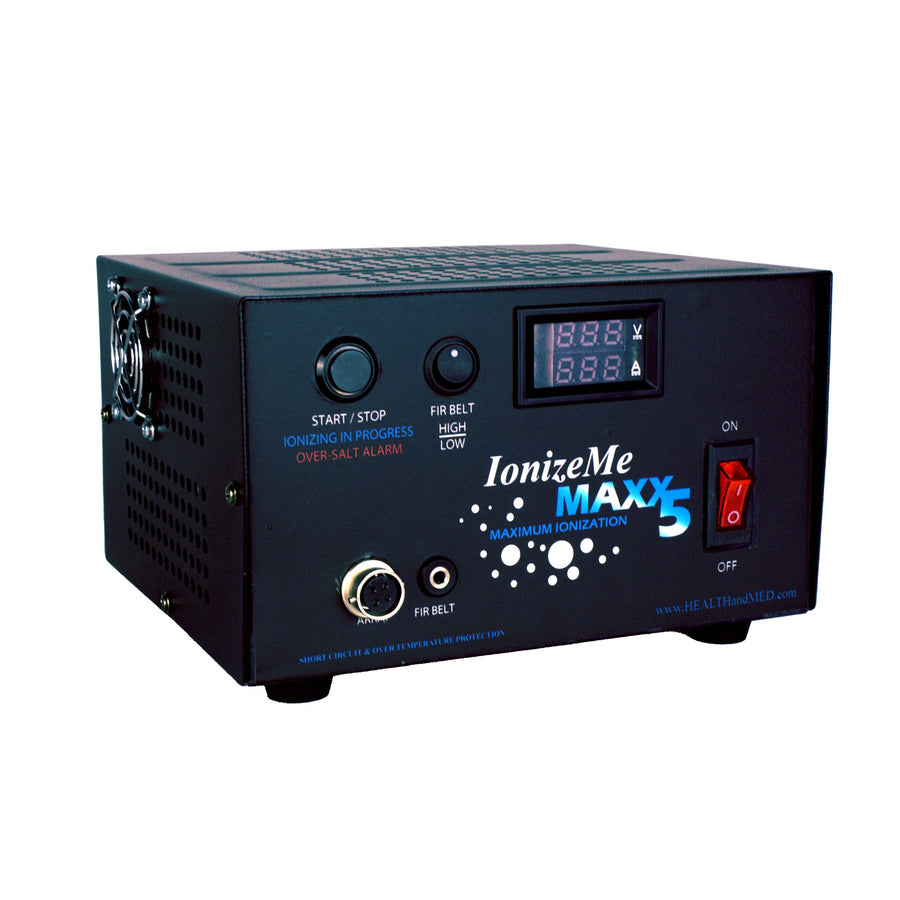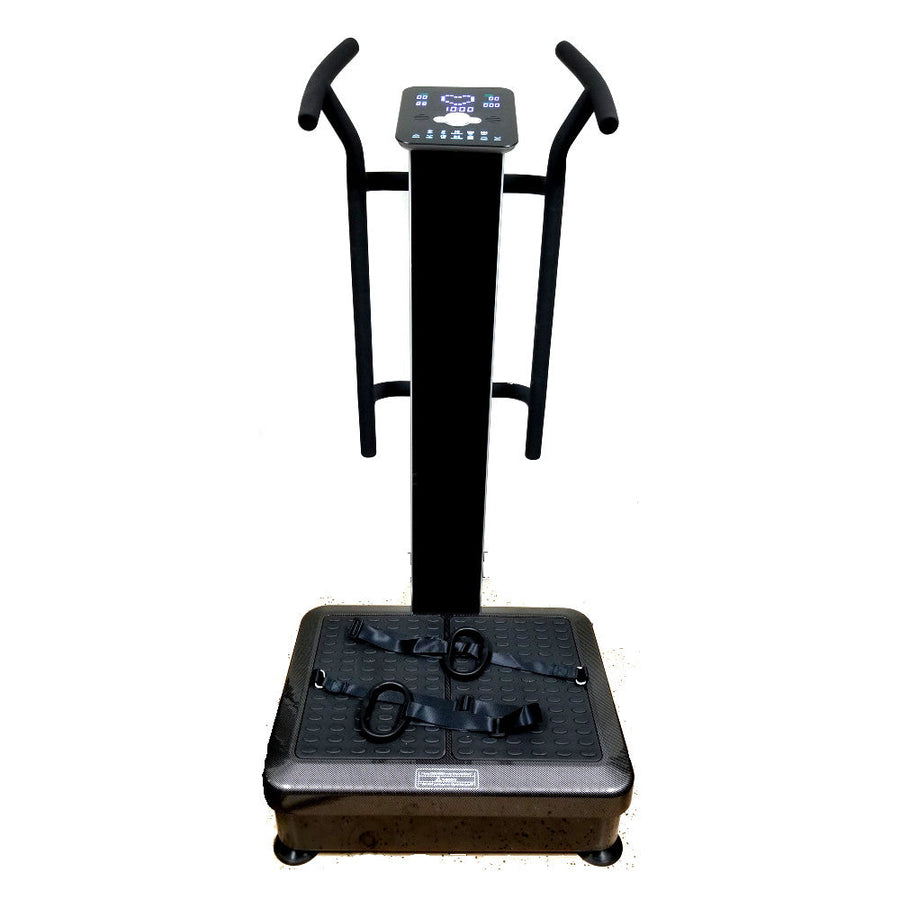Stem Cells and Exosomes and Wharton's Jelly-oh my!

Stem Cells – if we say Stem Cells, what do you think of? Do you think of some science fiction movie where the lab develops some type of cure and turns everyone into zombies later? Or do you think of Stem Cells and their definition? According to the Mayo Clinic, “Stem cells are the body's raw materials — cells from which all other cells with specialized functions are generated.”1 In other words, the cells that are created from these stem cells can become your blood cells, brain cells, bone cells and so on. While we don’t adhere to all of us turning into zombies, it sounds like stem cells have a great power inside the body. In addition, stem cells are being looked at for their healing properties in the body.
Now, how do we get these stem cells to our body to be used for this “magical” healing? The Infiniti Regeneration Matrix, of which our owner, Mark, has experienced a significant benefit, utilizes injection therapies for this modality. Another potential transmission method of these stem cells is from our very own Maxx H2O Exosome Renewal. This method involves just taking drops of the liquid orally. But how does it do that? Let’s dig a little deeper into the main ingredient in that liquid to understand what is going on.
Exosome allograft derived from Wharton’s Jelly MSCs and is sourced from a proprietary blend of cells developed for growth and repair
Okay, that is a lot of big words that sound like you need a medical degree to understand even a portion of it.
According to an article in the National Library of Medicine, “Exosomes are best defined as extracellular vesicles that are released from cells upon fusion of an intermediate endocytic compartment, the multivesicular body (MVB), with the plasma membrane. This liberates intraluminal vesicles (ILVs) into the extracellular milieu and the vesicles thereby released are what we know as exosomes.”2 That doesn’t clear up much of the picture, but exosomes are structures released from cells and are a means of communication or transmission of proteins, lipids, mRNA and more between cells. Stem cells can utilize exosomes to tell other cells that they need to produce this protein. This is a very interesting field of study in that it is being researched for the use of combatting sickness, diseases, and cancers. Therefore, exosomes can be the vesicle (structure) for the stem cell to send the information or communication necessary for regeneration to other cells.
The next word in the ingredient is allograft. This one is a lot easier to understand. The American Heritage Medical Dictionary, says an allograft is “a graft of tissue obtained from a donor of the same species as, but with a different genetic make-up from, the recipient, as a tissue transplant between two humans.”3 In other words, an allograft is tissue that didn’t come from your own body but is at least from the same species as you are. That’s quite a relief that I’m not going to be trying to mingle my own cells with that of a kangaroo or anything else.
This next section is extensive and may require multiple definitions. Wharton’s Jelly is “a soft connective tissue that occurs in the umbilical cord and consists of large stellate fibroblasts and a few wandering cells and macrophages embedded in a homogeneous jellylike intercellular substance.”4 From a few of those words, you can understand that there is a jelly found in the umbilical cord that has a bunch of cells in it. Among these cells, you will find a rich supply of stem cells. In the case of the ingredients in this product, it says MSC’s. “Mesenchymal stem cells (MSCs) are stromal cells that have the ability to self-renew and also exhibit multilineage differentiation.”5 In other words, these are cells that can not only self-renew (I wish my cells would do that), but also change and become the cells that the body needs in that location where it was delivered (I’m sure I need a bunch of that too). As a source of renewal, the stem cells harvested from the umbilical cord have a great potential in the human body.
This potential is delivered to our body through the exosomes that we previously discussed. Let’s help our body renew and heal by providing it the tools to do so.
References:
- Stem cells: What they are and what they do. (2022, March 19). Retrieved from https://www.mayoclinic.org/tests-procedures/bone-marrow-transplant/in-depth/stem-cells/art-20048117
- Edgar J. R. (2016). Q&A: What are exosomes, exactly?. BMC biology, 14, 46. https://doi.org/10.1186/s12915-016-0268-z
- The American Heritage® Medical Dictionary Copyright © 2007, 2004 by Houghton Mifflin Company. Published by Houghton Mifflin Company. All rights reserved.
- Merriam-Webster. (n.d.). Wharton's jelly. In Merriam-Webster.com medical dictionary. Retrieved November 23, 2022, from https://www.merriam-webster.com/medical/Wharton%27s%20jelly
- Ding, D. C., Shyu, W. C., & Lin, S. Z. (2011). Mesenchymal stem cells. Cell transplantation, 20(1), 5–14. https://doi.org/10.3727/096368910X






